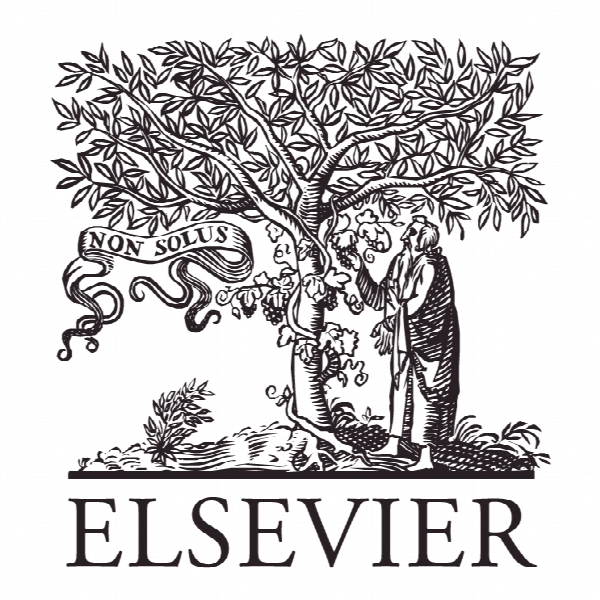ساختار بهینه اینورتور چندسطحی سوئیچ کاهش داده شده یک فاز سه گانه ی تعمیم شده Optimum structure of a generalized three-phase reduced switch multilevel inverter
- نوع فایل : کتاب
- زبان : انگلیسی
- ناشر : Elsevier
- چاپ و سال / کشور: 2018
توضیحات
رشته های مرتبط مهندسی برق
گرایش های مرتبط مهندسی الکترونیک
مجله تحقیقات سیستم های قدرت الکتریکی – Electric Power Systems Research
دانشگاه Indian Institute of Technology (Indian School of Mines) – India
منتشر شده در نشریه الزویر
کلمات کلیدی انگلیسی Nearest level control (NLC), Reduced switch multilevel inverter (RS-MLI), Level to switch ratio (LSR), Level to diode ratio (LDR), Optimum inverter structure
گرایش های مرتبط مهندسی الکترونیک
مجله تحقیقات سیستم های قدرت الکتریکی – Electric Power Systems Research
دانشگاه Indian Institute of Technology (Indian School of Mines) – India
منتشر شده در نشریه الزویر
کلمات کلیدی انگلیسی Nearest level control (NLC), Reduced switch multilevel inverter (RS-MLI), Level to switch ratio (LSR), Level to diode ratio (LDR), Optimum inverter structure
Description
1. Introduction In power electronics, multilevel power conversion technology is evolving in a rapid manner with good potential and wide future scope. The multilevel inverter (MLI) topology using small voltage magnitude to achieve the required voltage magnitude was introduced in 1975 [1]. In the conventional two-level inverter, the quality of the output power (THD) can be improved to a certain bound with the increase of inverter switching frequency on the cost of high switching loss. Benefits of multilevel inverters using medium power semiconductor over the conventional two-level inverter with high-power semiconductors include low switching stress, better electro-magnetic compatibility, low switching losses, high voltage capability, reduced losses, shrinks the filter size, possibility of fault tolerance and improved performance [2–4]. The extensive applications of inverter can be used to a variable frequency drives, un-interrupted power supply (UPS), conveyors, ID and FD fans, medium voltage traction drive, blowers, pumps, compressors, EV/HEV, HVDC system, Static VAR compensators, FACTs, PV system, smart grids and renewable energy [4–6]. The most common multilevel inverter topologies including neutral-point clamped MLI (NPC-MLI) [7], flying capacitor based MLI (FC-MLI) [8], and cascaded H-bridge MLI (CHB-MLI) [9] are well established and commercially available with various control techniques specific to the applications. The power quality of the MLI improves with the step resolution of voltage. Which in turn increases the number of device count, driver circuit, protection circuit and its size as well as cost and control complexity with reduced efficiency as well as the reliability of the inverters. Hence, the number of voltage levels restrict to the tradeoff between the number of voltage levels and the costs as well as the complexity ofthe inverter circuit. Symmetrical multilevel inverters come up with the benefits in terms of modular structure, homogeneous control, and the easy availability of equal DC sources. Asymmetry and hybridization in multilevel inverter configuration have high conversion efficiency and further reduces the size and cost [10,11] of the MLI. DC voltage sources with unequal magnitudes and/or capacitors with balanced voltages reduces the number of DC sources. Though, the different multilevel topologies lose its modularity, switching redundancies and DC source of voltage magnitude depending on the number of levels that limits its industrial applications [12]. However, multilevel inverter with reduced component [2,3,10–22] for further improvementin total harmonic distortion (THD) has been reported as a challenge to perforate economic and density constrains to a greater extent. Hence, considered provocative in research along with industry for further improvement in power quality and control


